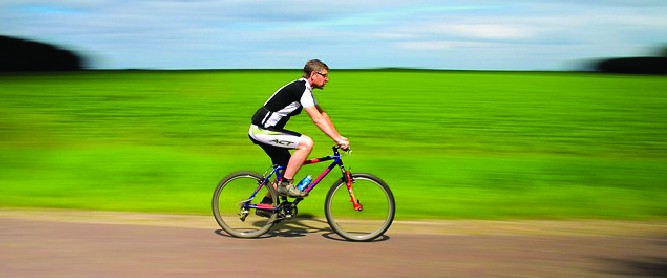
We all know that regular exercise is important to maintain overall health and well-being, but for people with vein disorders such as varicose veins it can provide even more benefits.
Exercising helps increase heart rate, therefore pumping more blood around the body. This helps the blood that pools in varicose veins get pumped back up to the heart. Exercise also helps keep veins and arteries healthy, reducing the risk of vein walls losing elasticity which leads to pooling of blood and the development of vein disorders.
Exercising helps increase heart rate, therefore pumping more blood around the body. This helps the blood that pools in varicose veins get pumped back up to the heart. Exercise also helps keep veins and arteries healthy, reducing the risk of vein walls losing elasticity which leads to pooling of blood and the development of vein disorders.
It’s important to know that there are some exercises you should be doing regularly, and some you should be avoiding. Keep in mind that exercise can help to ease symptoms but it won’t cure them completely.
The following exercises are ideal for people with vein conditions:
Walking
Walking uses and strengthens your calf muscles so they’re constantly helping to push blood back up to your heart. Aim for 30 minutes of brisk walking on all, if not most, days of the week can help. Here’s a few ways to help clock up 30 minutes each day:
- park a few minutes away from the shops
- get off the train one stop earlier
- get to work 15 minutes early and do a quick walk around the block
- go for a walk in your lunch break
- walk with a friend – it will help keep you motivated!
Cycling
Cycling is a great way to increase circulation in the legs. You can ride an actual bike, an exercise bike or even lie on your back with your legs raised and cycle in the air.Swimming
Swimming is a great exercise option for everyone, not just people with vein conditions. It puts the least amount of pressure on your body, whilst still providing a good work out for not only your legs, but your whole body. Another benefit of swimming on varicose veins is that it keeps your legs at heart level, avoiding the pooling of blood in legs.Desk & Couch Exercises
- While you’re sitting you can perform some simple exercises to continue the flow of blood.
- Rotate your ankles in small circles in both directions.
- Extend your legs out straight and flex feet forwards and back towards you.
- Bend your legs at the knee back and forth.
Remember that if you have more serious medical conditions, it’s always advisable that you speak to your doctor before beginning a new exercise regime. Depending on your condition they may recommend wearing compression stockings or using a circulation device such as the Veinoplus. Read more about the Veinoplus here.
Exercises to avoid: High-intensity exercises such as running or aerobics that may have a negative effect on your varicose veins. This is because the high intensity puts more pressure onto the already stressed venous system.









